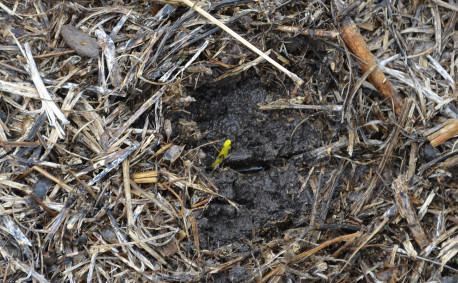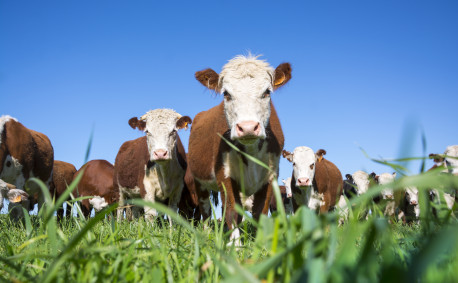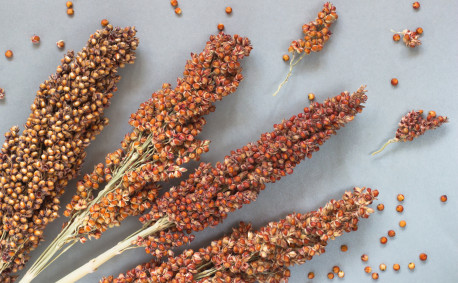Three Farming Technologies Solving Global Problems
Turning on the news or scrolling through your feed can be quite a downer. Negative stories are everywhere and it can be hard to find the thin, silver linings.
We don’t think everything is all doom and gloom, though! Actually, there’s a lot to celebrate. This is especially true in the world of agriculture.
Ag is an ever-changing, fast-paced environment. Innovators in the field (heh-heh) are always coming up with new ways to improve our lives.
So today, let’s focus on the good stuff happening out there. These innovations are solving problems worldwide.
Cotton and Sorghum
It’s no secret that water is a limited resource. Even though our oceans are sprawling, we need fresh water to drink, cook, grow crops and more.
Water conservation is vital to our future. Because nature can be a great teacher, scientists have been researching the properties of two crops able to thrive without much water — cotton and sorghum.
Cotton and sorghum can both survive long stints without rain or irrigation, and will still produce healthy amounts of product. (That’s one reason they grow so well here in Kansas!) This phenomenon happens naturally, meaning we haven’t bred plants to create the behavior. But the goal is to do just that!
With additional research, we’ll hopefully learn which factors and genetics give cotton and sorghum their power over droughts. Ideally, we could then transfer those attributes into other crops, which would require less water all around.
A reduction in water for farming would not only help conserve the precious resource but could also be cheaper for farmers — a real win-win!
Golden Rice
Did you know the leading cause of preventable blindness in children is due to vitamin A deficiencies? According to the World Health Organization, lack of vitamin A is a serious problem in over half of the world’s countries.
Luckily, agricultural scientists have been hard at work trying to combat the issue.
“Golden rice” has been in development since the 1990s. This special strain of rice is genetically engineered to include vitamin A, providing nutrients to boost vision, the immune system and other parts of the body.
After intense testing, which happens for all genetically modified organisms (GMOs), golden rice has received positive food safety evaluations from many government entities — including the United States Food and Drug Administration. In other words, this rice is on its way to being eaten worldwide!
The most recent good news for golden rice came in 2018 from the Philippine Department of Agriculture, which stated the modified rice is as safe to consume as unmodified rice.
While additional testing is still needed before golden rice hits the market everywhere, its release to the public could decrease health problems caused by vitamin A deficiencies and increase global health.
Cover Crops
Sometimes, soil just needs a break. (Don’t we all?)
During the off season, cover crops are planted to boost soil health in a plethora of ways and prevent pesky weeds. Basically, they are grown for the benefit of the land, not necessarily to be harvested. The opposite of a cover crop is a cash crop — anything planted to be sold.
Cover crops improve more than just the land itself. Better soil can give farmers a higher yield, which in turn provides the world with more food (and provides farmers with a better bottom line).
This practice also fights climate change. Temperatures are rising and many people worry about the repercussions. Cover crops strengthen the land to prepare for whatever comes next. The healthier the soil, the more it can resist changes in weather like higher temperatures, drought and more.
Greenhouse gas is another area where cover crops come to the rescue, because they offset emissions.
While still a developing practice, farmers across the globe have taken steps to use cover crops on their own land.
The next time you’re feeling bogged down by not-so-great news stories, remember: There are good things happening in the world, too!





